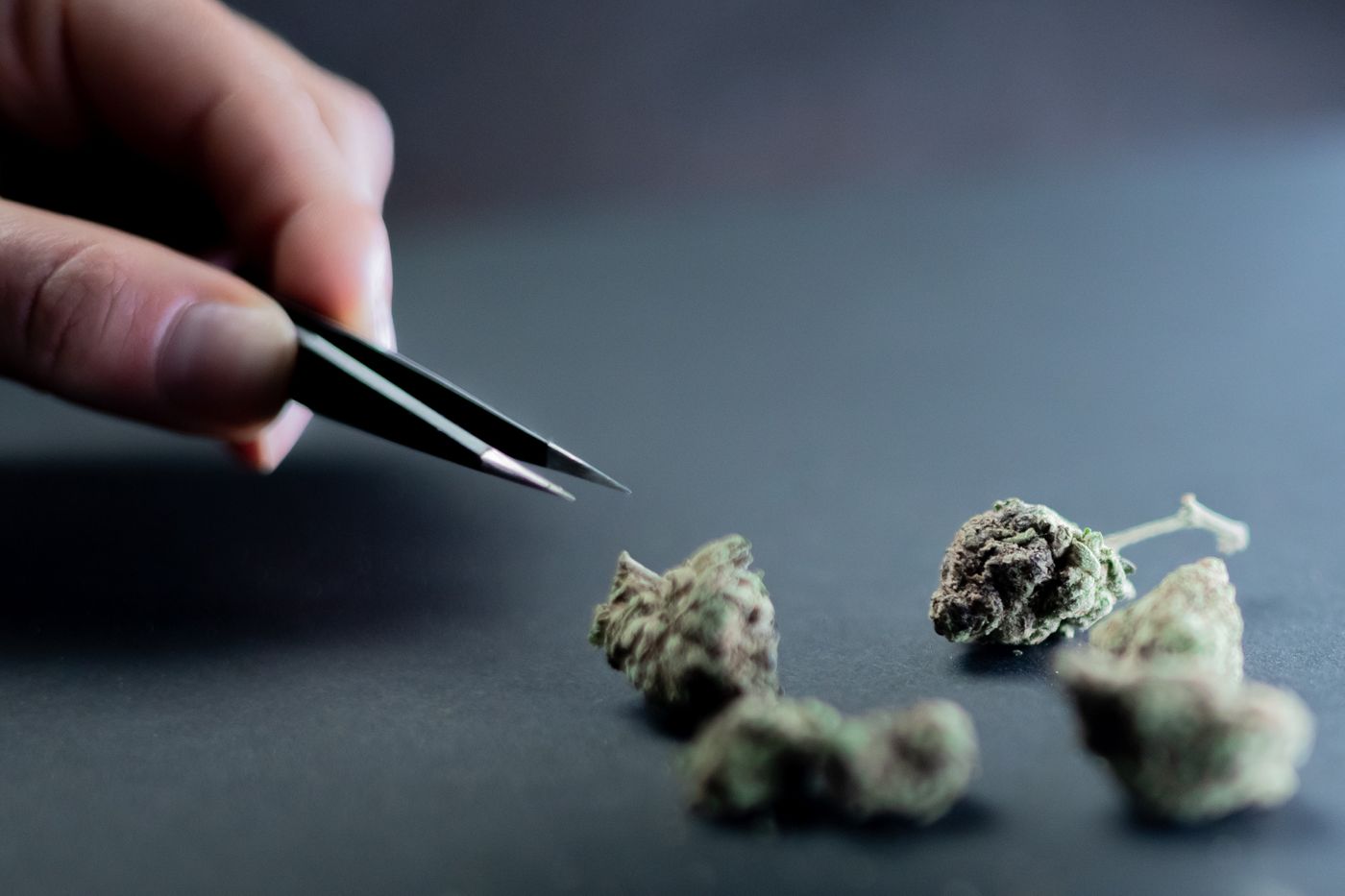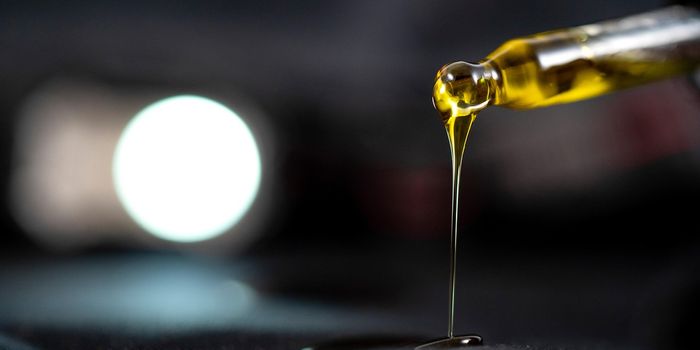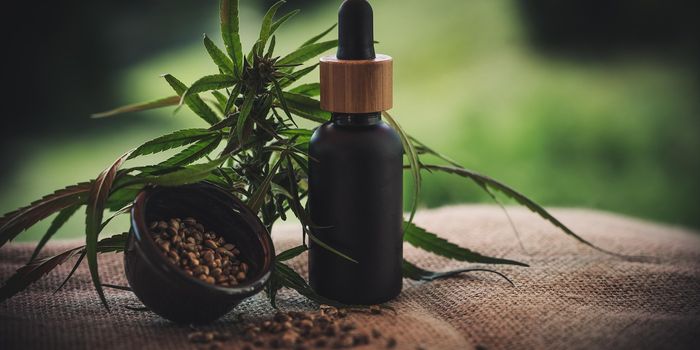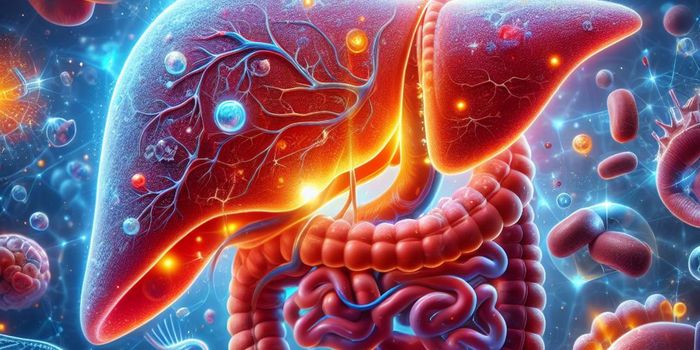Cannabis QA: How 'Clean' Are Commercial Cannabis and Cannabis-Related Products?
As commercial cannabis continues to gain traction in the market and popularity among consumers, the need to establish quality assurance standards within the commercial cannabis industry has become evident.
Progress in establishing such standards has partially been hindered by a lack of pertinent research investigating the microbial safety of cannabis. Subsequently, identifying hazard and risk criteria required to develop quality assurance standards has also remained limited.
This leaves both the market and the consumer in vulnerable positions: without established quality assurance standards, how can we be sure these products are safe for human consumption, especially among the spectrum of different cannabis and cannabis-related products available on the market?
Researchers from California began to address this issue in a recent study published in Cannabis Science and Technology, in which cannabis and cannabis-related samples collected from state-regulated dispensaries in Northern California were surveyed for microbial (bacterial and fungal) contamination using culture-based techniques. The results of this study may offer some of the guidance needed to initiate the establishment of quality assurance standards in the commercial cannabis industry.
Labroots was afforded the opportunity to speak with the lead author of the study, Dr. Robert W. Martin from CW Analytical – a private cannabis testing laboratory located in Oakland, CA. Regarding the significance of the study, he proposed that “this basic understanding [of the data] offers guidance to regulators as to expected microbiological loads[,] enabling more reliable regulations.”
He emphasized the palpable versatility of the study’s findings, stating that, “these data should assist consumers and patients in identification and selection of safe products for their recreation or alternative medicinal consumption.”
Surveying Cannabis- and Cannabis-Related Products for Microbial Contamination
Four categories of cannabis and cannabis-related samples (see below) were collected over seven years for a total of 59,088 samples, each of which belonged to either one of the following seven sample types (where N = the number of samples per type):
- Dried Flower
1. Flower (N = 28,483)
2. Loose Dry Leaves (‘Shake’) (N = 354)
3. Pre-Rolled Joint (N = 253)
- Water-derived concentrates
4. Kief (N = 533)
- Generally made by cold water filtration of leaves and flowers successively into smaller filters
5. Hash (N = 1,991)
- Typically produced by physical removal of plant trichomes from flower and leaf surfaces, which are then further compressed to form a solid resin concentrate
- Solvent, Temperature, and Pressure-Based Concentration (resin, crystals, waxes, e-cartridges, and sauces, processed by solvent, temperature, or high pressure-based processes)
6. Concentrate (eCart/Wax/Sauce/Crumble/Rosin/Crystals) (N = 10, 313)
- Concentrates that are generally made using solvents (i.e., butane, ethyl alcohol, propane, hexane) that are often combined with extreme pressure and temperature conditions (i.e., heat, LN2, CO),
- Cannabis-Infused Edibles (multiple edible varieties, such as chocolate, cookies, brownies, gummies, capsules, tablets, mints, etc.)
7. Edibles (N = 17, 925)
Each sample category above corresponds to the method used to manufacture the sample types assessed in the study.
All samples within each of the seven sample types were assessed for bacterial and fungal contamination using microbial plating. Bacterial contamination was determined via presumptive aerobic, E. coli, coliform, and Pseudomonas detection; fungal contamination was deduced from presumptive yeast and mold detection.
Each sample was inoculated in Butterfield’s Phosphate Buffer (a sterile and standardized medium widely used in microbial limit testing) and then plated on three different types of petrifilm (aerobic plate count, APC; E. coli/coliform; and yeast/mold). Researchers then quantified the following the microbial loads in terms of the percent of colony-forming units per gram, CFU/g (%) – i.e., correspondent to the number of microbes present in the sample – and the fail rate percentage – i.e., the percentage of samples with contamination exceeding the currently established threshold limit (> 100,000 CFU/g) that determines whether a sample is fit for human consumption (i.e., samples > 100,000 CFU/g = unfit).
Dr. Martin advocated the efficacy of employing this technique for survey testing at a regulatory level, adding that, “this basic method provides a broad view of bacterial and fungal loads using respected and affordable techniques widely used in existing industries.”
Results – Which sample types were the ‘cleanest’ (or ‘dirtiest’)?
Analyses revealed that cannabis concentrates produced by solvent, temperature, or high pressure-based procedures (i.e., resin, crystals, waxes, e-cartridges, and sauces) may be the ‘cleanest’ commercially manufactured cannabis-related products on the market – with a bacterial fail rate measured at only 0.22% of the total sample, and a yeast and mold fail rate measured at 0.00%. Similarly, but with a slightly higher microbial load, cannabis-infused edibles were found to have a bacterial fail rate of 2.89% of the total sample and a fungal fail rate of only 0.39%.
Conversely, water-derived cannabis concentrates (such as kief and hash) exhibited microbial loads towards the other end of the ‘hygienic spectrum,’ with a bacterial fail rate measured at 43.71% and 58.51% for kief and hash, respectively, and fungal fail rates of 8.18% and 2.78%, respectively.
Dried flowers exhibited a bacterial fail rate of 14.48% of the total sample of flowers. Consequent investigation of the contaminated samples (‘sample failures’) detected E. coli at 3.16%, coliforms at 6.71%, and Pseudomonas at 5.14% of dried flower. The fungal fail rate was measured at 15.83% of the total sample of dried flowers.
Real-World Implications
Highlighting the fundamental implications of this study’s observations, Dr. Martin stated, “several key learnings were contributed by this work[,] however, I believe the most significant relates to what we learned about flowers during cultivation.”
“The data shows that flowers grow with very little bacterial contaminations and that most, if not all, occur post-harvest. How you handle and process your flower will determine the bacterial cleanliness,” he added.
In their publication, the research team offered probable explanations for the microbial loads observed for the various sample types. These explanations were most often associated with the method used to generate the different sample types:
- Bacterial contamination of dried flowers appeared to be due to unhygienic post-harvest protocols.
- The low bacterial load of solvent-generated concentrates was most likely due to the antibacterial capacity of the solvents used during production.
- Edibles were mostly microbe-free, likely because of the temperatures used while cooking.
- Water-based concentrates presumably displayed higher microbial loads due to the physical nature of their production processes.
“It makes sense, if alcohol or butane/hexane extractions are utilized that products would be free of microbiological contaminants. In contrast, water hashes accumulate bacteria while removing most fungal spores during processes and are, therefore, naturally bacteria rich,” commented Dr. Martin.
From this data, the researchers suggest that cannabis and cannabis-related products are predominantly safe for human consumption. Furthermore, this study paves the way for the safe commercialization of cannabis and cannabis-related products by providing direction for establishing profound quality assurance standards. “Our team hopes that this data will assist in the evolution of quality assurance measures for the Cannabis industry,” said Dr. Martin.
What’s Next
In their publication, the research team is quick to note that because culture-based techniques alone can only detect presumptive organism identification, a limitation of the study is the use of only culture-based techniques in identifying which microbes were present within the samples. They propose that further confirmation of this data with other experimental methods – such as MALDI-TOF MS, PCR, selective growth agars, and biochemical characterization protocols – is necessary for proper validation.
Sources: Silver Leaf Cannabis Business Central; Cannabis Science and Technology; CW Analytical; Weed Maps; Fisher Scientific Product Manual; Led Techno Lab Solutions; Journal of Applied Poultry Research; Confidence Analytics









